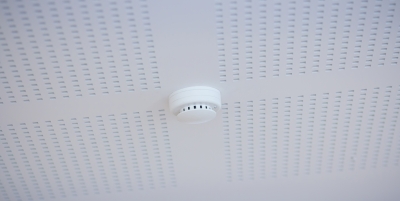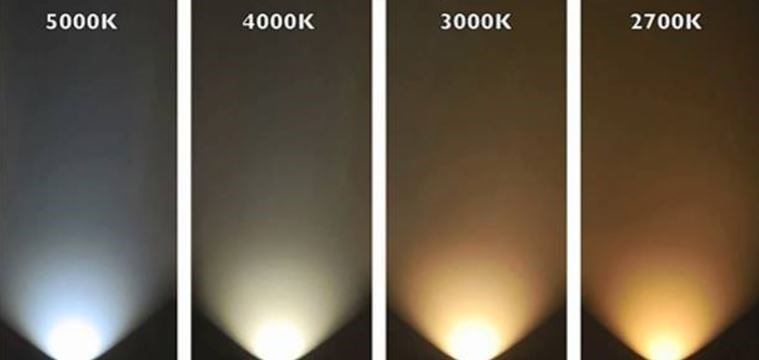These FAQ’s are intended as a resource for the awareness and prevention of Carbon Monoxide dangers for the residents of Adelaide and South Australia.
What is Carbon Monoxide?
Commonly known as ‘the silent killer’ Carbon Monoxide...
In Part Two of this Blog we discussed the most common types of smoke detectors. In Part Three I’ll go through the correct installation and legislative requirements.
In South Australia, legislation is in place to make smoke alarms compulsory for all Class 1 and 2 buildings. In simple terms this includes residential homes. Homeowners and landlords are required, by Regulation 76B under the Development Act, 1993, to install battery powered or hard-wired (230 volt mains powered) smoke alarms. Too often we find homeowners have complied with minimum requirements and that landlords have not met theirs, at which point we like to educate them!
Homeowners and landlords are liable for a fine of up to $750 if a working smoke detector is not fitted.
Since the 1st January 1995 all new homes have been required to have mains powered smoke alarms fitted.
For buildings built prior to 1st January 1995 and if there was a change of ownership from 1st February 1998 onwards the new owner must install a smoke detector within 6 months. The smoke detector must be mains powered or a 10 year sealed non-replaceable permanently connected battery smoke detector.
If there has been no change of ownership since the 1st of February 1998 and the building was built prior to the 1st January 1995 the minimum requirement is that smoke alarms should be fitted by 1st January 2000.
Up until recently the Building Code of Australia (BCA) did not require the interconnection of multiple smoke alarms within a building, even though smoke alarms themselves had this functionality available. As of 1st May 2014 new smoke alarms installed must be interconnected in all homes.
Where should smoke alarms be located? An absolute minimum is a smoke detector located in a passageway (closest to living room area) which leads to bedrooms. The recommendation of the MFS is for smoke alarms to be installed in all bedrooms especially if sleeping with doors closed, family and lounge rooms. For other open house designs, smoke alarms would need to be positioned outside each bedroom at a minimum and ideally inside each bedroom and living areas. Double story houses operate on a similar principle but will need a minimum of one detector on each level and once again the recommendation is each bedroom and living areas. Sometimes on the job we find smoke alarms fitted to the wall by home owners. The MFS does not recommend this type of installation. Another consideration for the installer is the ‘dead air space’. Roofs with an apex, exposed beams and also the corner of rooms are considered a dead air space and the smoke alarm may not activate in these areas. In addition smoke detectors should not be placed near the bathroom or laundry as steam can cause nuisance alarms, nor should they be placed close to cooking appliances or an open fire.
As you can imagine there’s more to a correctly installed smoke detector than wiring it up and screwing it to the ceiling. At Adelaide Electric we will check the layout of your home and devise a plan that outlines the minimum and ideal number of smoke detectors and their correct mounting positions as recommended by the MFS, Australian Standards and the manufacturer.
Lastly, every household should have a Fire Plan. The South Australian Metropolitan Fire Service has excellent information on how to plan and prepare a home fire escape plan.
Image courtesy of suphakit73 at FreeDigitalPhotos.net
Lorem ipsum dolor sit amet consectetur, adipisicing elit. Ipsa libero labore natus atque, ducimus sed.
Detectors, FAQ's, Carbon Monoxide, Electrical Safety, Adelaide Electric
Commonly known as ‘the silent killer’ Carbon Monoxide...

FAQ's, Handy Tips, Energy Efficiency, Adelaide Electric
With the advent of LED lights, I’m often asked about the terminology found on packaging and light globes in regards to LED lighting. What do all those numbers and letters on the light...